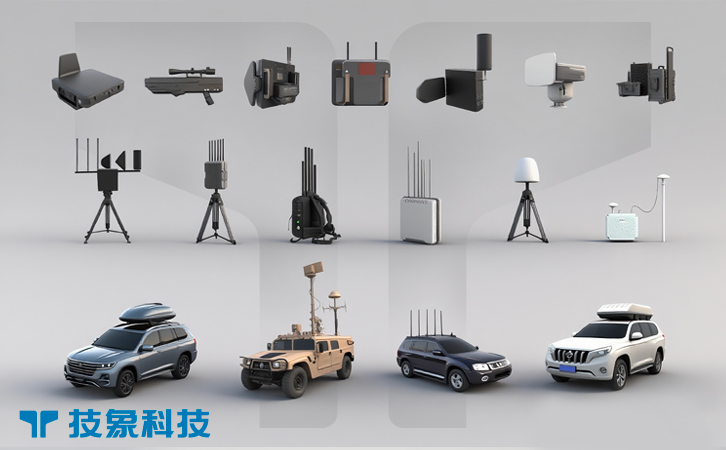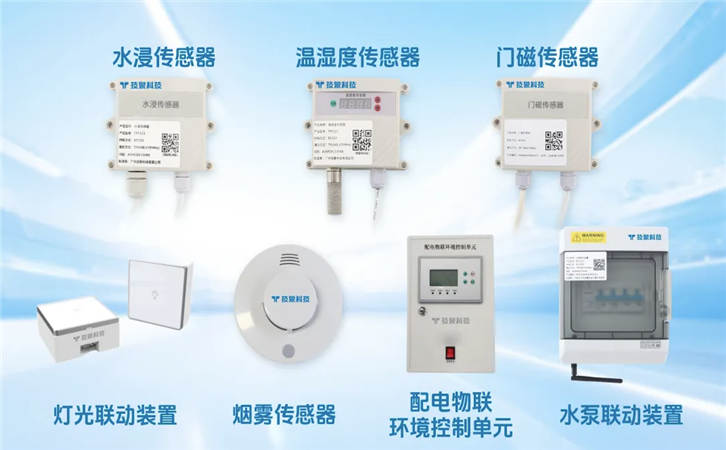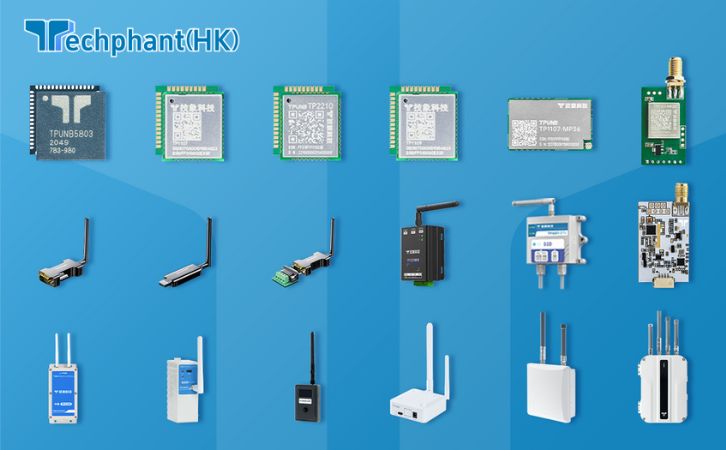The rise of unmanned aerial systems (UAS), or drones, has ushered in transformative applications across industries, from aerial photography to disaster response. However, their accessibility has also sparked concerns about misuse, including unauthorized surveillance, smuggling, and threats to critical infrastructure. Counter-drone solutions, or Counter-UAS (C-UAS) systems, have emerged as essential tools to mitigate these risks, but their deployment raises complex challenges. Effective counter-drone strategies must balance privacy concerns, safety imperatives, and the need to foster innovation in both drone and counter-drone technologies. This article explores these dynamics through the lenses of privacy protection, safety assurance, technological innovation, and regulatory frameworks.
I. Safeguarding Privacy in Counter-Drone Operations
Counter-drone systems often rely on advanced surveillance technologies, such as radio frequency (RF) analyzers and electro-optical/infrared (EO/IR) cameras, to detect and track unauthorized drones. While effective, these systems can inadvertently capture data on legitimate activities, raising privacy concerns. For example, RF analyzers that intercept drone communication signals may also pick up nearby Wi-Fi or cellular signals, potentially exposing personal data. Similarly, high-resolution EO/IR cameras used for visual drone identification can record individuals or private property, especially in urban settings.
To address these risks, recent advancements focus on privacy-preserving technologies. AI-driven algorithms now filter out non-drone-related data, ensuring that only relevant signals are processed. For instance, systems like Dedrone’s DroneTracker employ machine learning to distinguish drone RF signatures from other wireless communications, reducing incidental data collection. Data anonymization techniques further minimize privacy impacts by encrypting or discarding non-essential information. In a 2023 deployment at a major U.S. airport, such systems achieved a 98% reduction in false positives while maintaining strict data privacy protocols.
Public perception remains a challenge. High-profile incidents, such as the 2018 Gatwick Airport drone scare, heightened fears about both drones and counter-drone measures. Transparent communication about data handling practices is critical. Operators must ensure compliance with privacy laws, such as the EU’s General Data Protection Regulation (GDPR), which mandates clear protocols for data collection and storage. By prioritizing privacy-by-design principles, counter-drone solutions can mitigate risks while maintaining public trust.
II. Ensuring Safety in Counter-Drone Deployments
Safety is a paramount concern in counter-drone operations, as neutralization methods can pose risks to both airspace and ground environments. Non-kinetic techniques, such as RF jamming, disrupt drone control signals but can inadvertently interfere with legitimate communications, including aviation systems. For example, a poorly calibrated jammer could disrupt air traffic control signals, endangering manned aircraft. Kinetic methods, like laser systems or net-based capture, carry risks of collateral damage, such as debris falling in populated areas.
Advancements in precision and control are addressing these concerns. Modern RF jammers, such as the DroneSentry-X, use directional antennas to target specific frequencies, minimizing interference with non-drone systems. Testing in 2024 showed these systems could neutralize drones at ranges up to 2 kilometers with less than 1% impact on nearby communications. Laser-based systems, like Boeing’s Compact Laser Weapon System, now incorporate real-time tracking to ensure precise targeting, reducing the risk of unintended damage. Net-based capture systems, deployed via interceptor drones like those from Fortem Technologies, offer a safer alternative by physically capturing drones without destroying them, minimizing debris risks.
Safety also extends to operational protocols. Counter-drone systems are increasingly integrated with air traffic management (ATM) systems to avoid conflicts with manned aircraft. For instance, the FAA’s Low Altitude Authorization and Notification Capability (LAANC) system allows C-UAS operators to coordinate with ATM in real time, ensuring safe airspace management. Training programs for security personnel further enhance safety by emphasizing situational awareness and adherence to strict engagement rules, particularly in high-stakes environments like airports or public events.
III. Driving Innovation in Counter-Drone Technologies
The rapid evolution of drone capabilities necessitates continuous innovation in counter-drone solutions. AI and machine learning are at the forefront, enabling systems to adapt to new drone models and tactics. For example, AI-driven detection systems can learn to recognize previously unseen drone signatures, improving accuracy against custom or modified UAS. Companies like Citadel Defense have developed platforms that use deep learning to predict drone behavior, achieving detection rates above 90% in complex environments.
Emerging technologies, such as quantum radar and advanced cyber-takeover methods, are pushing the boundaries of C-UAS capabilities. Quantum radar, still in experimental stages, promises enhanced detection of stealth drones by leveraging quantum entanglement to detect minute disturbances in electromagnetic fields. Cyber-takeover techniques, which exploit vulnerabilities in drone software to redirect or disable them, are becoming more sophisticated. In 2024, a U.S. Department of Defense trial demonstrated a cyber-based C-UAS system that successfully redirected 85% of test drones to designated safe zones without physical intervention.
Innovation also extends to scalability and accessibility. Cloud-based C-UAS platforms, such as those offered by Airspace Guardian, allow smaller organizations, like local governments or event organizers, to deploy advanced counter-drone systems without significant infrastructure investments. These platforms use edge computing to process data locally, reducing latency and enabling real-time responses. However, fostering innovation requires collaboration between industry, academia, and governments to address technical challenges, such as countering swarms of drones, which demand coordinated multi-system responses.
IV. Navigating Regulatory Frameworks
The deployment of counter-drone technologies operates within a complex regulatory landscape that varies by region. In the United States, the Federal Aviation Administration (FAA) tightly controls C-UAS operations, limiting neutralization methods like jamming and lasers to federal agencies due to their potential to disrupt civilian airspace. The 2020 FAA Reauthorization Act expanded counter-drone authority to select agencies, but private entities face strict licensing requirements. In contrast, the European Union’s U-space framework aims to integrate drones and C-UAS into shared airspace, emphasizing standardized protocols for detection and neutralization.
Regulatory challenges include harmonizing international standards. Cross-border drone incursions, such as those reported along the U.S.-Mexico border in 2024, highlight the need for coordinated policies. NATO’s Counter-UAS Working Group is developing interoperable standards, but progress is slow due to differing national priorities. Ethical considerations also shape regulations, particularly around the use of kinetic methods in urban areas. For example, the use of lasers is restricted in many jurisdictions due to risks to bystanders and infrastructure.
Public-private partnerships are critical for advancing regulatory frameworks. Initiatives like the FAA’s Counter-UAS Testing Program engage industry stakeholders to test and validate new technologies under controlled conditions. These efforts ensure that regulations evolve in tandem with technological advancements, balancing security needs with innovation. Clear guidelines on acceptable use, data handling, and accountability are essential to prevent misuse and maintain public confidence.
Conclusion
Counter-drone solutions are indispensable for securing airspace against the growing threat of unauthorized UAS, but their deployment requires careful consideration of privacy, safety, and innovation. Privacy-preserving technologies and transparent data practices address public concerns, while precise neutralization methods and integration with air traffic systems enhance safety. Ongoing innovation, driven by AI and emerging technologies, ensures that counter-drone systems remain effective against evolving threats. Regulatory frameworks, though complex, are adapting to support these advancements while maintaining accountability. By striking a balance between these priorities, counter-drone solutions can protect airspace while fostering trust and technological progress.



